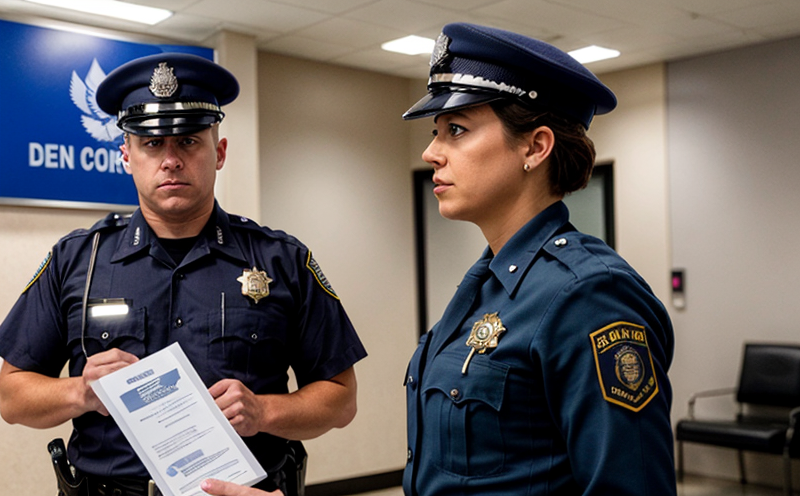ASTM F963 Toy Safety Testing for Customs and Border Inspection
The ASTM F963 standard is a critical tool used by customs and border control agencies to ensure the safety of toys entering their respective territories. This standard is designed to protect children from potential hazards associated with toys, ensuring they meet rigorous safety requirements.
ASTM F963 covers various aspects of toy safety including mechanical and physical properties, flammability, electrical hazards, chemical contents, small parts, and labeling. The testing process aims to identify any risks that could harm children if the toy is not compliant with these regulations.
The first step in ASTM F963 compliance involves thorough preparation of the toys for testing. This includes cleaning the samples according to specific protocols outlined by the standard. Once prepared, the samples undergo a series of tests designed to evaluate different aspects of safety:
- Physical and mechanical testing: Ensures that parts are not sharp or have edges that could cause injury.
- Mechanical strength testing: Checks for durability against stress and strain.
- Flammability testing: Determines if the toy can ignite easily under normal conditions.
- Chemical content analysis: Ensures that harmful chemicals are not present in quantities that could be hazardous to health.
- Small parts tests: Verifies that small components do not pose a choking hazard for young children.
The testing process is meticulous and requires precise adherence to the standards set by ASTM F963. Compliance ensures that toys meet all necessary safety regulations, which helps in preventing potential injuries or health risks for children who use them.
| Test Type | Description |
|---|---|
| Mechanical and Physical Properties Test | Evaluates sharp edges, points, and other potential hazards. |
| Flammability Test | Determines the toy's resistance to ignition under specified conditions. |
| Electrical Hazard Test | Checks for electrical components that could pose a shock risk. |
| Chemical Content Analysis | Identifies any hazardous substances present in the toy. |
| Small Parts Test | Evaluates if small parts can be removed and pose a choking hazard. |
Quality and Reliability Assurance
- Consistent testing protocols ensure reliability across different batches of toys.
- Use of advanced instrumentation guarantees accurate measurement and analysis.
- Detailed record-keeping for every test conducted contributes to long-term quality assurance.
- Persistent review and update of the testing procedures based on new safety standards.
International Acceptance and Recognition
The ASTM F963 standard is widely recognized by various countries around the world, including major economies like the United States, Canada, and Mexico. Countries that have adopted this standard include those in the European Union as well as Australia and New Zealand.
Customs and border control agencies rely on ASTM F963 to ensure toys meet safety standards before being allowed into their respective markets. This ensures a level of uniformity in toy safety regulations across different jurisdictions, enhancing public confidence in imported products.
Use Cases and Application Examples
| Use Case | Description |
|---|---|
| Customs Inspection at Border Crossings | Taking toys through the border inspection process to ensure they are safe for import. |
| Compliance Audits by Regulatory Bodies | Conducting audits on toy manufacturers and retailers to verify compliance with ASTM F963. |
| Private Testing for Exporters | Performing tests before exporting toys to ensure they meet the importing country's safety standards. |
| Internal Quality Assurance by Manufacturers | Implementing ASTM F963 in their internal testing protocols for continuous quality improvement. |





